Fetsirg
Gérouns have their big boars, Morknars have their freaking bears, and we have what, horses? I wish we could import one of these.
Anatomy & Morphology
Fur, Skin
Fetsirgs naturally have a thick layer of fur and leather to protect them from the cold weather of northern Grishnak. As their domestication spread further south, some mutations with thinner skin were cultivated to make them comfortable in warmer climates as well. Wild specimens often have a white-grey fur for those living in the snow, and brown for their cousins living in forests. Morknars played with their mutations again, sometimes with a drop of magic to create curious mixes in color patterns.Eyes
Tamed Fetsirgs have narrow, tired eyes on the front of their head. Morknars selectively bred them to reduce their field of view to avoid distraction. Wild Fetsirgs have wider eyes they use to spot preys in the distance. They can literally sit a day below a waterfall, spotting and catching fishes as they swim downward. Colors vary between dark, light brown and green.Legs, Paws
Huge legs and paws help Fetsirgs to pull the heavy agriculture tools and Science carts that Morknars invented. One docile bear can drag hefty charges if well-raised, which is why they are so popular among farmers. Both wild and tamed Fetsirgs are rather slow. Tamed ones tend to be even slower, selective breeding traded speed for stamina.Horns
Long, deer-like horns grow on their hands and curl on top of it. Wild specimens have long, sharp spikes they carve themselves by scratching their horns. The horns are evergrowing, wild Fetsirgs trim theirs by rubbing them against trees or scratching, and tamed ones have theirs trimmed by their owners. They use them when fighting for territories and preys if hungry, alongside their razor-sharp claws. Some collectors keep fallen ones and use them as decoration in their houses.Behavior
Wild Fetsirgs
Curious, playful, and majestic are the best adjectives to describe Wild Fetsirgs. They are often traveling in little groups as they are a very social species. Most of their days are spent foraging for food such as berries, roots, insects, or small rodents. Some packs regularly settle in rivers for a few days, sitting most of the time while carefully waiting for a fish to come in their grasp. As long as they are not feeling threatened or hungry, people can walk nearby without any danger. Still, as there is no real way of telling if Fetsirgs are hungry or not, people tend to avoid them.Tamed Fetsirgs
Tamed Fetsirgs are extremely docile. They have been selectively bred for centuries to cultivate their friendliness. Unlike their wild counterpart, they are calmer and less interested in the curiosities of their environment. Breeders keep them in large enclosures where they can socialize and eat as they want while making sure to interact with them regularly, so they are used to being handled. When using them at a burden beast, it is often recommended to have a pair or to have someone close to them all the time, so they don't get bored. Petting them or talking to them is often enough to keep a lone Fetsirg happy.Nothing is dumber or lazier than a lonely Fetsirg.

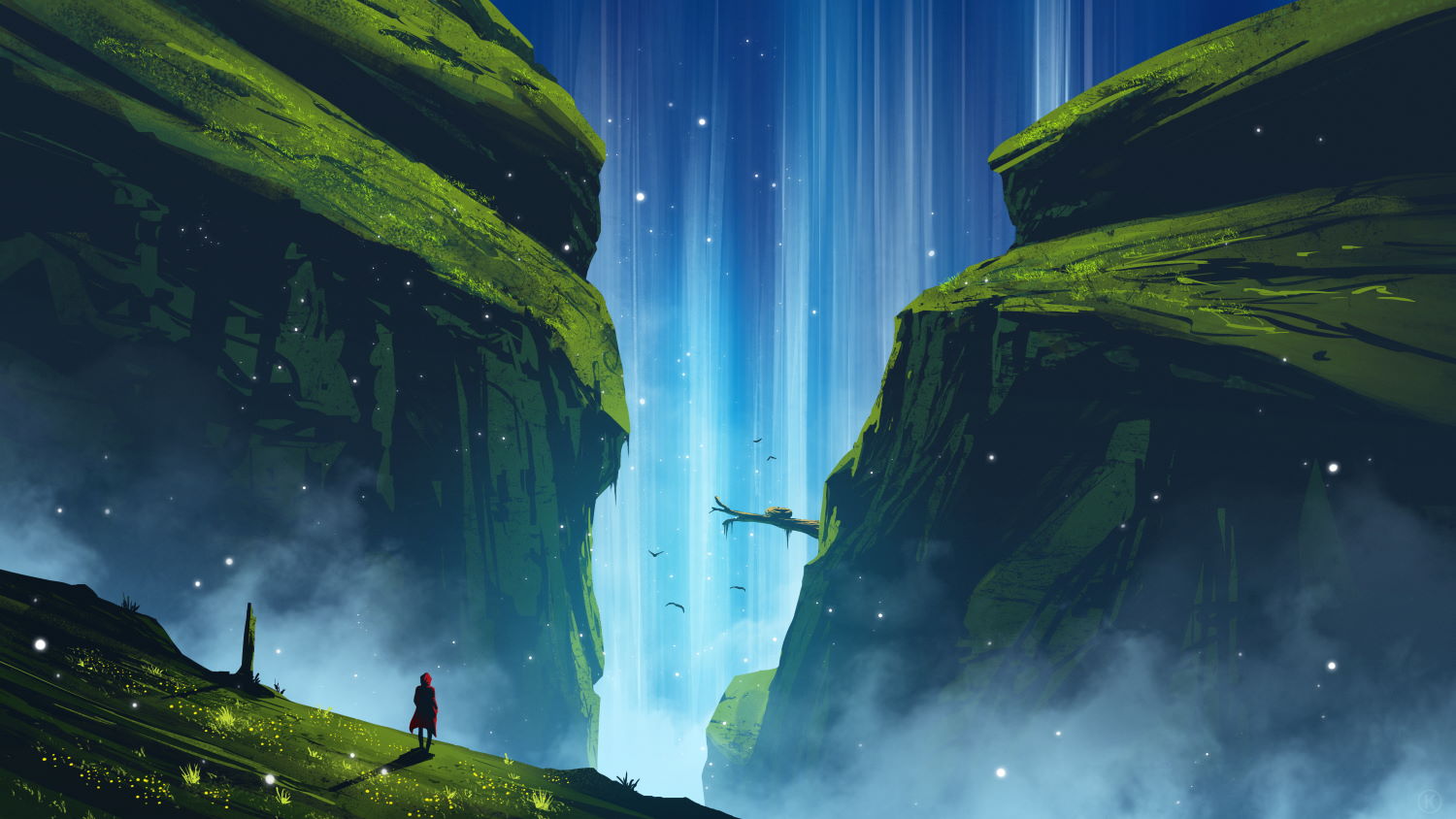
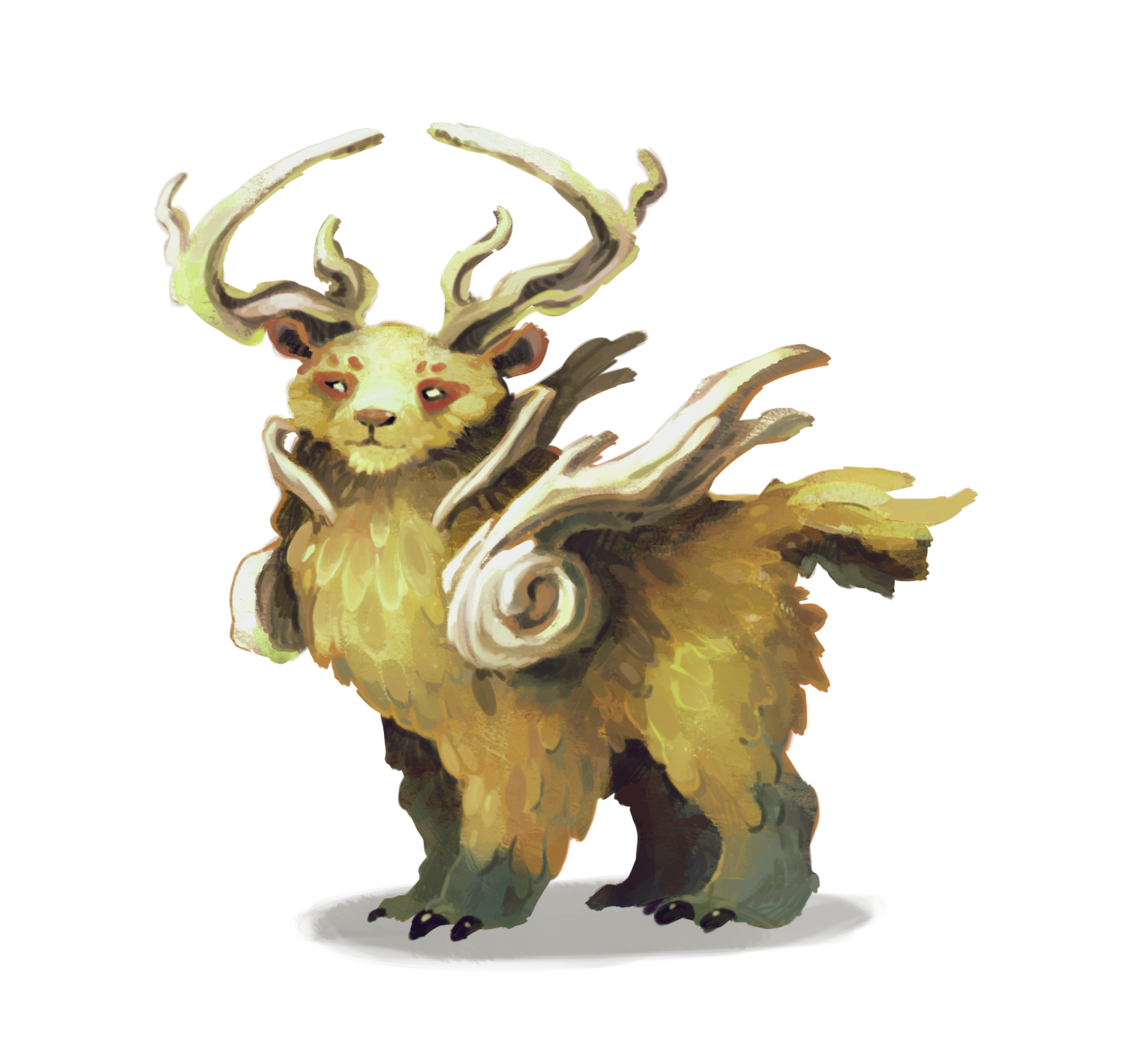
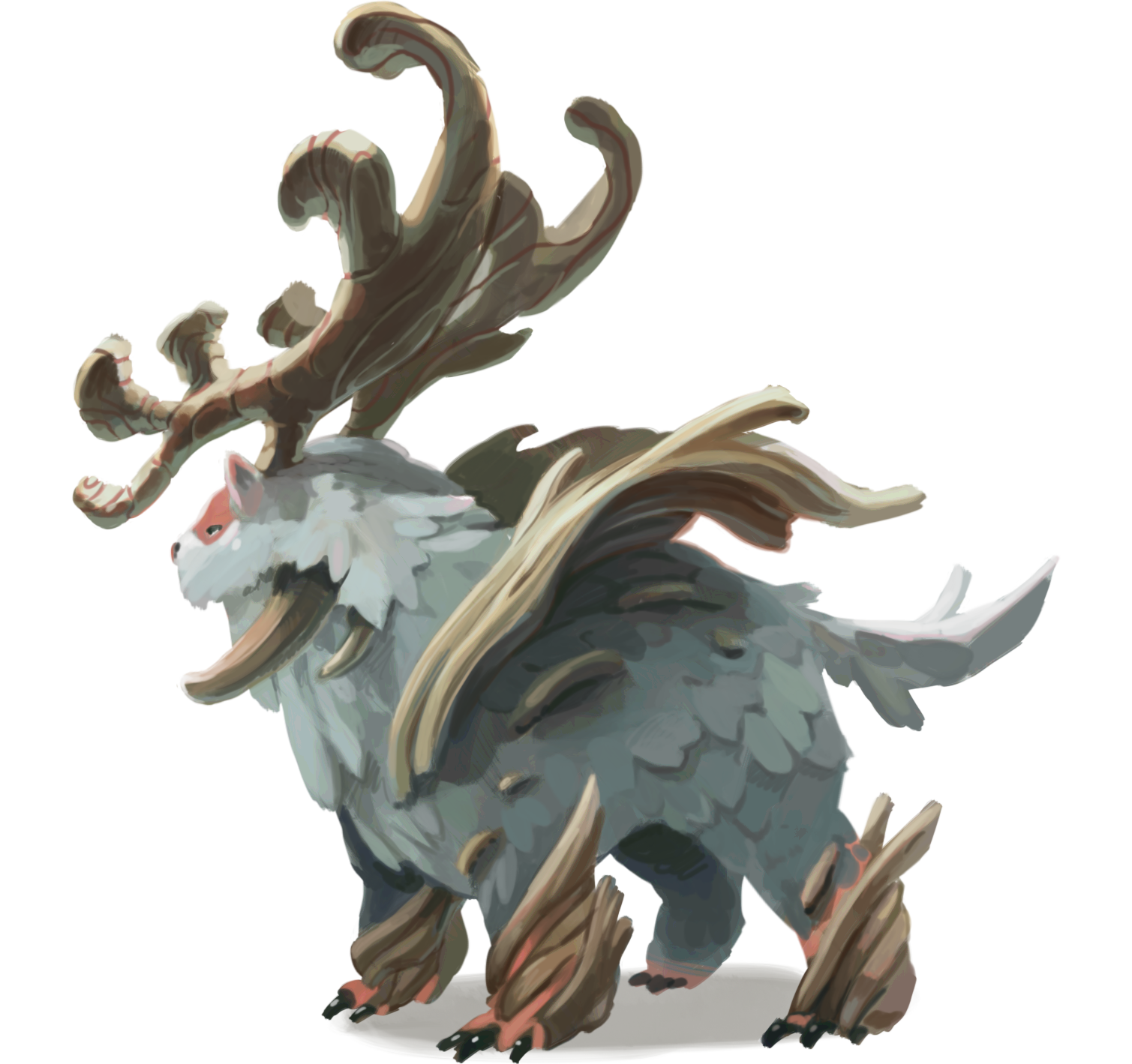


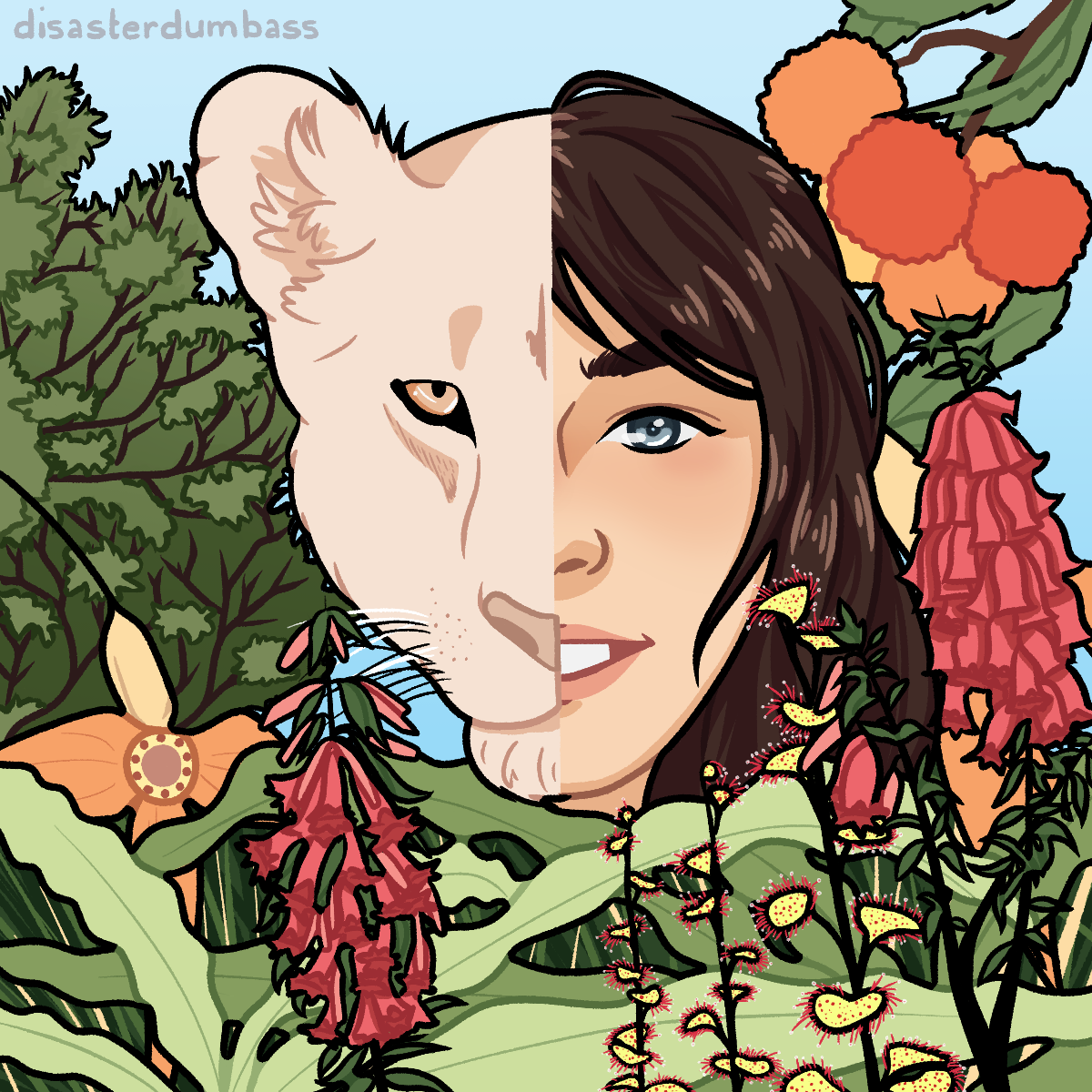
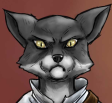
I love the images of the creature. By the quote it seems that people from other places thought they were mounts, but they weren't really? Just wanted to clarify that a little. The side quote mentions that they are related to strength and beauty, are there any legends about them that created that idea? Overall, great creature.
Hey! Thanks for the comment. :) Some people use them as mounts but it's kinda rare, as they are very slow. There are probably legends and stories about them, I need to flesh that aspect out a bit more :)